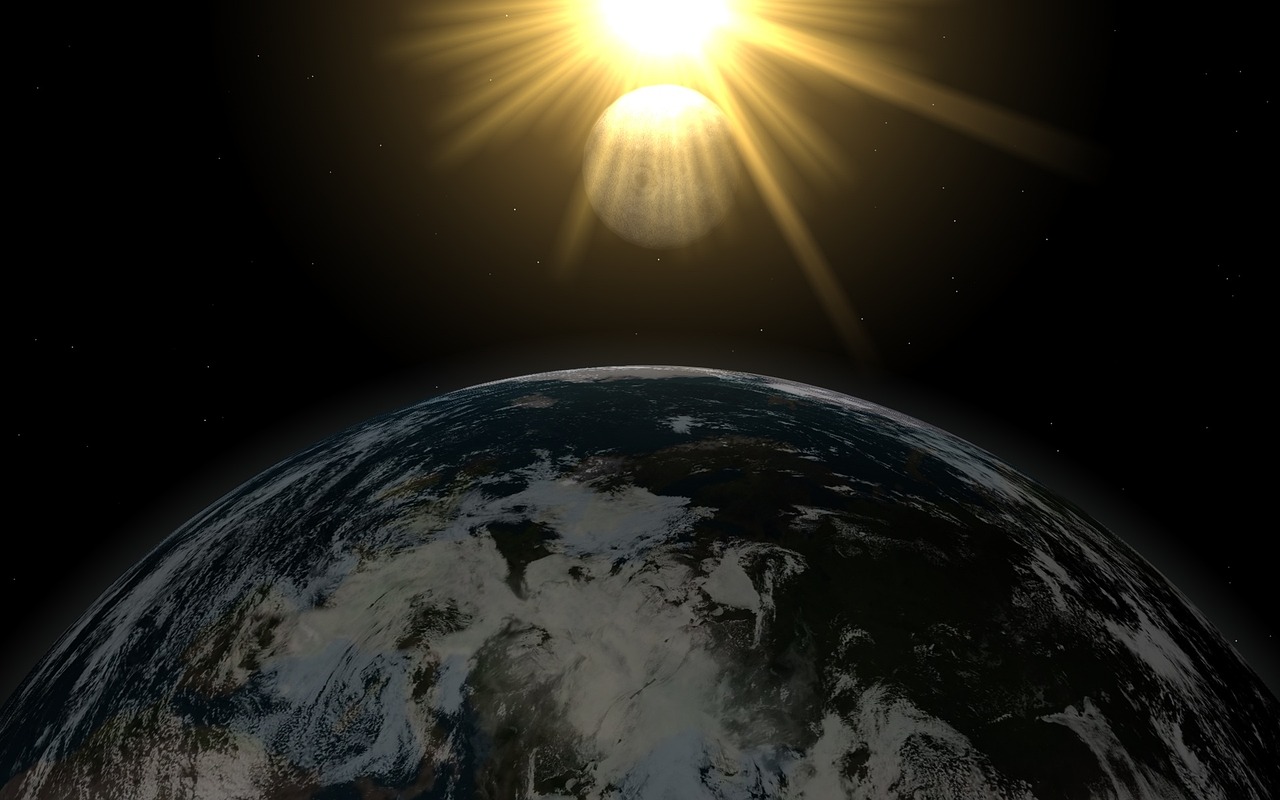Today, January 3rd, marks Perihelion Day, a significant occasion for Earth’s inhabitants. It signifies the point in our planet’s orbit when it is closest to the sun in the year 2024, approximately 3 million miles nearer compared to its farthest point, known as aphelion. Although the specific date of Perihelion varies, it typically occurs about two weeks after the winter solstice, which is the Northern Hemisphere’s shortest day.
This celestial event underscores the fact that Earth’s orbit around the sun is not a perfect circle but rather an oval shape, adding an intriguing and dynamic dimension to its journey through space.
On Perihelion Day, Earth will be approximately 91.4 million miles away from the sun. Research conducted by the University of California, Berkeley, indicates that sunlight during perihelion is about 7% more intense compared to aphelion, the farthest point in Earth’s orbit.
The term “perihelion” finds its origins in Greek, where “peri” denotes around, and “helios” refers to the sun. Conversely, “aphelion” represents the point in an orbit when a celestial body is farthest from the sun. In the vastness of the universe, celestial bodies often follow elliptical paths rather than perfect circles.
These orbital paths can vary, with some only slightly deviating from a circular shape, characterized by low eccentricity, while others are more flattened and highly eccentric. These diversities in orbital shapes contribute to the captivating and ever-changing nature of celestial trajectories in the cosmos.











